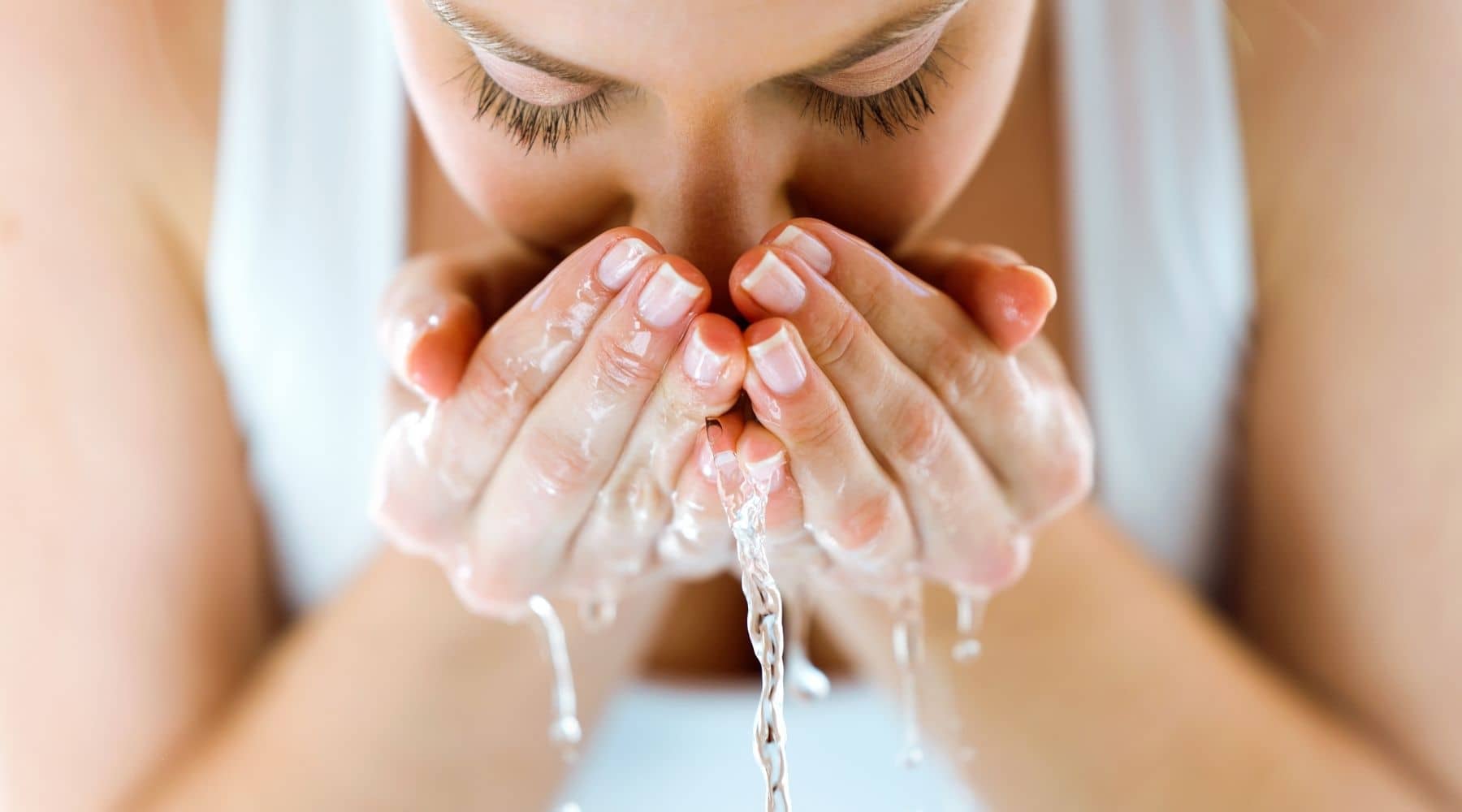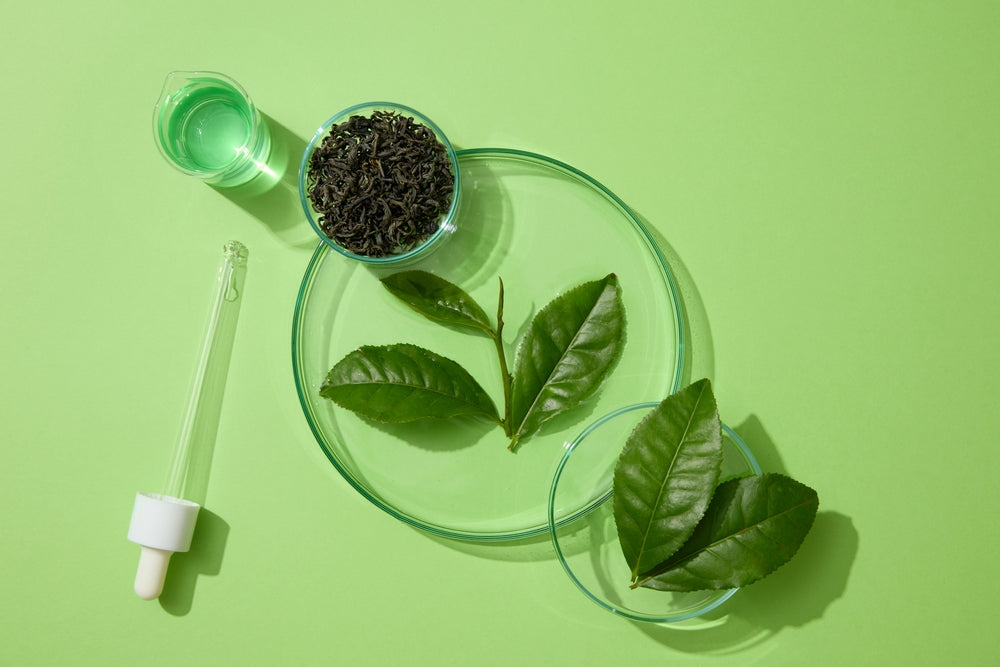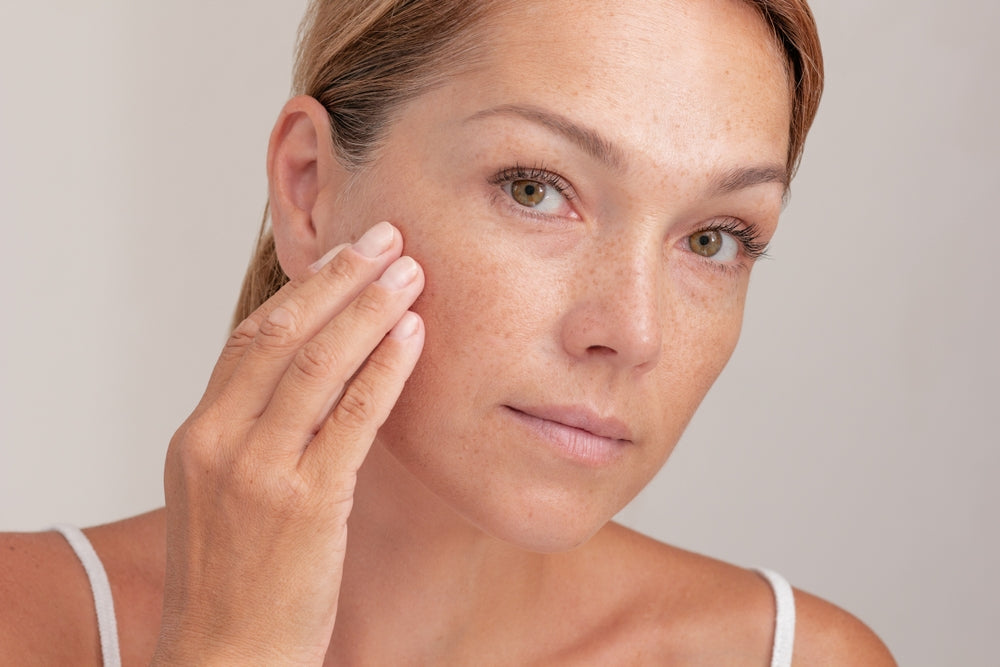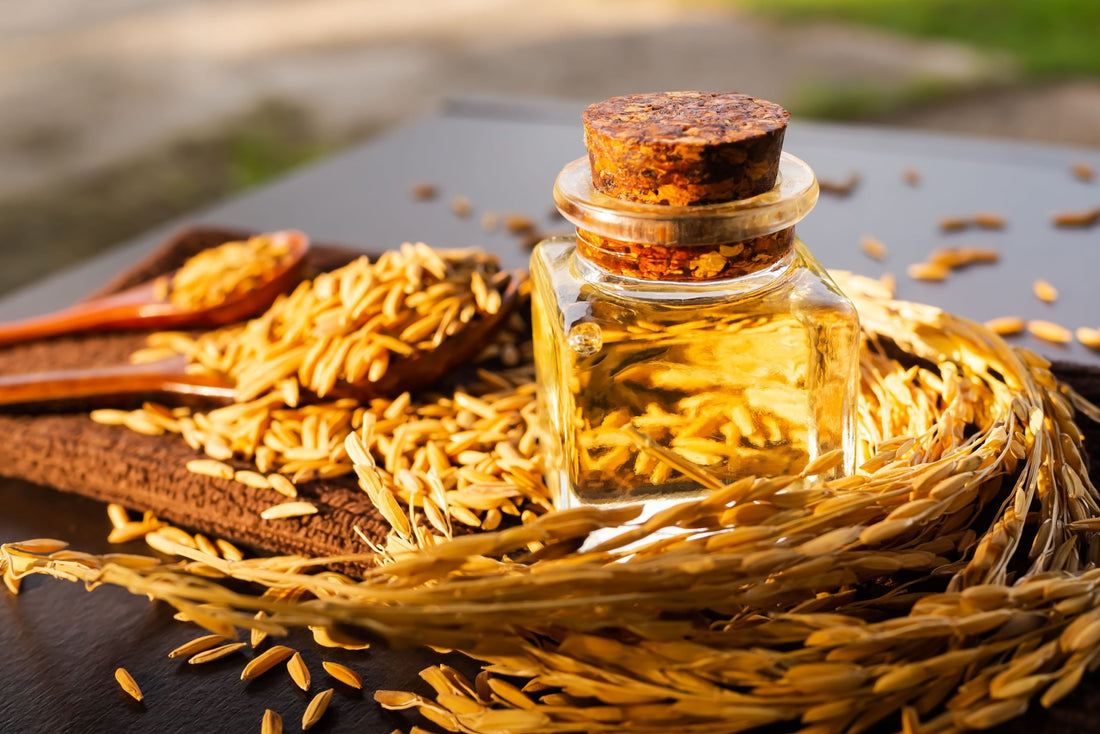Remember when your skin was smooth, clear, and perfect? Neither do I. Whether you’re in your teens, 20s, or your perimenopausal years, one thing is for certain: hormones play a role in your skin’s clarity. Multiple things can trigger breakouts and acne, including hormone-related increases in oil production. According to the Journal of the American Medical Association, acne is a “nearly universal skin disease afflicting 79% to 95% of the adolescent population.” And even if you escaped high school with relatively blemish-free skin, hormonal shifts related to childbearing and menopause can lead to adult-onset acne.
Getting to the root cause of your breakouts can take some detective work since no two people are the same. For example, it is possible to experience breakouts without having the skin condition that is acne. While breakouts may be a symptom of acne, not all breakouts actually indicate acne. The following tips will help you reduce the look of your breakouts, and you may discover that one simple lifestyle change is all it takes to give your skin a fresh start.
#1 Cleanse with the Right Product
Many of us have been taught that cleansing twice daily is a necessity.. Depending on your skin type, you may need to double-cleanse up to twice a day, especially in the evening. Removing perspiration, excess oil, dirt, makeup, and sunscreen nightly gives your skin a chance to rejuvenate while you sleep. In the morning, you may not need to cleanse twice, but at least once to start your day with fresh skin and remove nighttime actives. Ultimately, your cleansing routine is dependent on your skin type and desired skin results.
#2 Avoid Over-Exfoliating and Abrasive Cleansers
If you’ve tried the scorched earth approach to treating your acne, you’ve probably learned that stripping your skin of its natural oils only makes things worse. Facial scrubs can irritate acne-prone skin, and toners not formulated for your skin type can leave you feeling oily, dehydrated, and irritated. A good place to start keeping your skin clean and looking clear is with a pH-balanced cleanser that contains salicylic acid, along with ingredients like aloe, which is perfect for individuals concerned with inflammation and redness.
#3 Add a Chemical Exfoliant to Your Routine
Abrasive scrubs can further aggravate your skin and are not recommended for those with inflammatory conditions, like acne. To keep your pores looking clear, consider adding a chemical exfoliating product to your routine. Alpha hydroxy acids (AHAs) help remove surface debris and visibly improve skin texture, and beta hydroxy acids (BHAs) dissolve the excess oil on the skin. Use these on alternating evenings after cleansing and before applying moisturizer.
#4 Wash that Pillowcase
Lifestyle habits, like forgetting to change your sheets and pillowcases, can possibly lead to breakouts or acne. Consider the amount of time your skin is in contact with your pillowcase. If you spend 6-8 hours per night with your face on the pillow, you’re going to be trapping heat and skincare products on your skin. Add in a restless night’s sleep and a lot of tossing and turning, and you’ll also have a fair amount of dead skin cells there, too. Get in the habit of flipping your pillow nightly and washing your sheets weekly to eliminate baked-in body oils, moisturizer, and sweat.
#5 Embrace the No-Touch, No-Transfer Mentality
The COVID-19 pandemic has taught us a lot about hygiene and sanitary practices, but one rule will always remain: avoid touching your face, no matter where you are. From shopping carts to door handles to automated checkout machines in your favorite retail outlet, germs are everywhere. Anything that you touch can potentially be transferred to your face and may trigger an acne breakout.
#6 Give Your Cellphone Some Serious Side-Eying
Using the hands-free option on your cell phone is more than just convenient. It prevents you from transferring germs from your hands to your phone to your face. Don’t think your phone is causing your breakouts? Just look in the mirror and see if those blemishes line up with areas that your phone screen touches when you’re chatting with your bestie. If you’re not already in the habit of using sanitizing wipes or a microfiber cloth to keep the screen clean, start now.
#7 Tanning Is A No-Go
And don’t fall for the old myth about sun exposure or tanning beds curing acne. Existing blemishes create inflammation in the skin that can lead to post-inflammatory hyperpigmentation (PIH). Too much sun or UV rays combined with poor sunscreen use can trigger a melanin response, worsening skin already susceptible to discoloration from blemishes. This is especially true for melanin-rich skin. A burn can further exacerbate the skin’s inflammatory responses, creating an even greater likelihood for hyperpigmentation. Plus, a tan is, in fact, sun damage, and no one should put themselves at risk for premature aging or skin cancer.
Learn More Today
Ready to feel more confident in your skin? At Epicuren Discover, we carry an array of products that can help with the appearance of acne breakouts. To learn more about your skin type, check out our skin quiz today!





